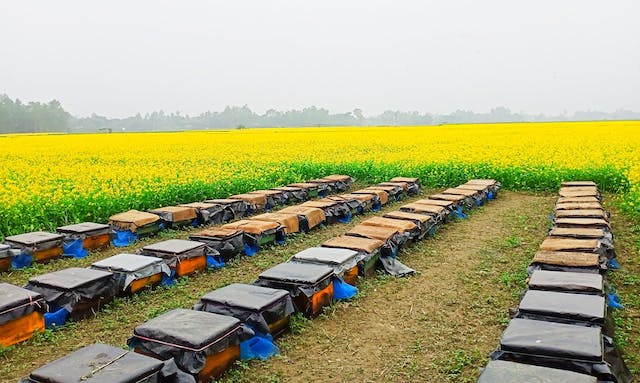Soil is more than just dirt under our feet—it’s the foundation of all terrestrial life and a critical player in the environment. But when soil becomes contaminated or displaced due to construction, development projects, or industrial spills, it must be handled properly. This is where soil disposal comes in. In this blog post, we’ll pull back the curtain on soil disposal, explore its many benefits, and examine methodologies that ensure it’s performed safely and effectively.
Introduction
Skyscrapers, homes, and highways are signs of development, yet they often come with the unseen cost of altering the earth beneath us significantly. With proper soil disposal, we mitigate the risks that come with this disruption. Beyond clearing space for new structures, thoughtfully disposing of soil can lead to long-lasting positive effects for the environment and public health while also playing a vital role in land reclamation efforts.
What is Soil Disposal?
Soil disposal is the process of removing, transporting, and appropriately disposing of soil from a particular location, especially if it has been deemed as surplus or contaminated. This process is essential in areas undergoing construction and in places where soil has been polluted with hazardous materials.
The main aim of soil disposal is to prevent contamination of clean sites, safeguard human health, and preserve the natural ecosystem. It’s a practice that demands careful planning, adherence to environmental regulations, and the use of specialized facilities.
Benefits of Soil Disposal
Environmental Benefits
The right disposal of soil plays a key part in protecting ecosystems. Properly managed disposal sites prevent toxic substances from seeping into groundwater, thus maintaining the quality of drinking water reservoirs and aquatic habitats. Furthermore, it guards against soil erosion and helps maintain the balance of nutrients in ecosystems not directly affected by construction or contamination.
Health Benefits
Preventing public exposure to contaminated soil is critical for protecting community health. Contaminants like heavy metals and chemical waste can pose severe health risks, including organ damage or cancer. Effective soil disposal Melbourne ensures these harmful elements are kept at a safe distance from human activities.
Land Reclamation and Restoration
Disposing of contaminated soil is often the first step in reclaiming and restoring land. Whether it’s for new parks, commercial development, or conservational efforts, soil disposal allows us to reinvent landscapes safely and sustainably, turning them from derelict spaces into useful and often green areas.
Methods of Soil Disposal
Landfills
Specialised landfills provide a common destination for soil excised from construction sites. These are situated away from sensitive environments and are designed to prevent leachate from contaminating the surrounding areas.
Soil Treatment Facilities
At such facilities, soil is treated to remove contaminants and potentially restored to a condition where it can be safely reused. Treatments may include biological, chemical, or physical methods of decontamination.
Recycling and Reuse
Increasingly, businesses are finding innovative ways to reuse and recycle soil. Clean soil can be repurposed for agricultural use, landscaping, or as fill material in other construction projects, reducing the need for virgin materials and promoting a circular economy.
Regulations and Guidelines
Stringent guidelines and regulations are set in place to ensure soil disposal does not harm the environment or public health. These can include national legislation like the UK’s Environmental Protection Act, which mandates the safe treatment, recovery, and disposal of controlled waste, including soil. Local councils may also provide additional regulations that must be followed.
Guidelines typically cover the classification of waste soil, licenses for transport and disposal, and the protocol for treating contaminated soil. These combined efforts aim to promote best practices in managing the inevitable by-product of our ever-shifting landscapes.
Conclusion
Recognising the importance of soil disposal is crucial as we continue to reshape the world around us. When managed responsibly, it safeguards natural resources, shields our health, and enables us to reimagine and revitalise the land that sustains us. May we never forget that the health of our soil directly reflects the health of our society, and its respectful disposal is a testament to our commitment to a thriving planet.












